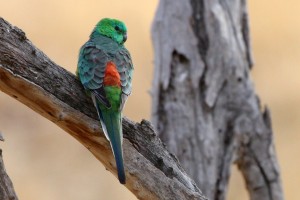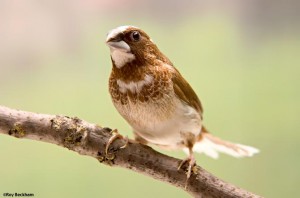Yellow Rumped Munia care page
Lonchura flaviprymnaNatural Distribution and Habitat of Yellow-rumped Mannikin
Found in western and northern Australia these birds inhabit grassland where the grass grows quite tall and not far from swamps and lakes.
Diet for Yellow Rumped Munia
Seed– Feed your Yellow rumps a good quality finch mix, be wary of some supermarket mixes which have alot of filler seed and are of a low quality. If you are unsure of the seed you are feeding your birds ask your local bird specialist.
Sprouted seed– A great addition to a yellow rumps diet be sure to clean the sprouted seeds thoroughly with aviclens to remove any bacteria befor feeding to your birds.
Millet sprays- A fresh seed still on the stem which is great for all finches we recommend of the varieties available french white is the best for yellow rumps.
Greens-Very important for yellow rumps greens include seeding grass, broccoli, flowering heads of milk thistle, chickweed, silver beet, lebanese cucumber
Fruit– fig, apple and paw paw
Vitamin supplement– This is an important addition for the vitality and health of your birds, add this to the water supply as it will be wasted adding it to the seed due to the fact yellow rumps shell the seed as they consume it.
live food– meal worms and fly pupae mixed with a few pinches of insectivore mix
Egg and biscuit formula-A good source of protein especially for breeding birds. This can be added to the above live food mix if desired.
Grit mix– A fine finch grit consisting of charcoal. crushed cuttle bone, baked egg shell, shell and lime stone. Do not place grit mix with seed, place in a separate dish on its own.
Breeding Yellow Rumped Mannikin
These finches will usually breed 3 times a year in captivity from november to may. In captivity these finches will breed in woven wicker nests and finch nesting boxes. Be sure to supply finch nesting material for the construction of the nest. Supply swamp grass, longer larger grass stems with some feathers to line the nest.
The hen will lay around 6 white eggs with an incubation period of 13 days. These finches are good parents the young will remain in the nest for a further 4 weeks, when they begin to venture outside they will still be dependant on the parent birds to feed them for atleast another 3 or 4 weeks. Never remove them from the aviary to early until you are sure they are feeding on their own.
Sexing Yellow Rumped Mannikin
Not the easiest of finches to sex.
The safest way to sex these finches is to hold a number of birds close and you will notice that some of these birds will have a wider mandible and a slightly mider head. The birds with the wider mandible and head will more than likely be males.



